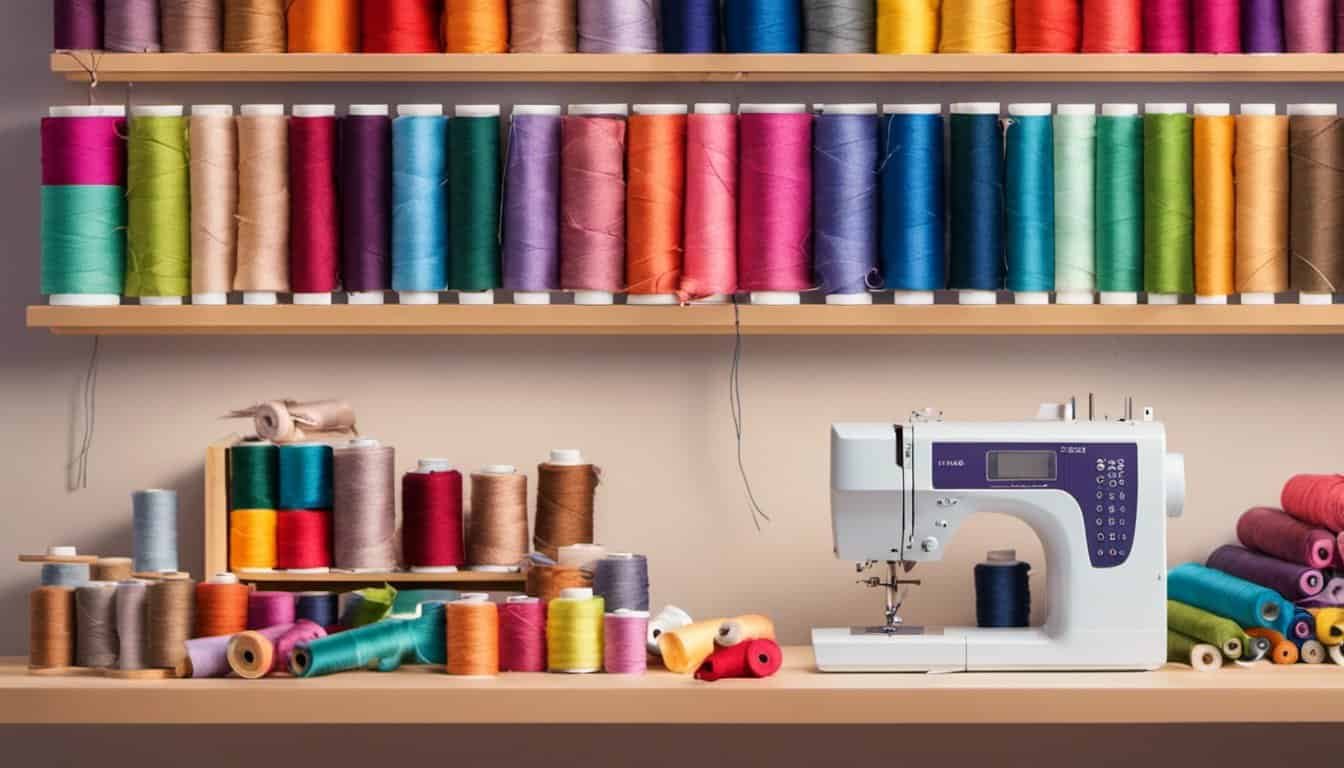So, you’ve decided to dive into the world of sewing. Whether you’re looking to mend clothes, create custom outfits, or just pick up a new hobby, sewing can be incredibly rewarding. But let’s be honest, starting out can feel a bit overwhelming with all the tools, techniques, and terminology.
Don’t worry, though. You’re not alone in this journey. Every seasoned sewist was once a beginner with a head full of questions. From choosing the right fabric to understanding pattern instructions, we’ve got you covered. In this article, we’ll tackle some of the most common questions beginners have, so you can start stitching with confidence.
Understanding the Basics of Sewing
Learning the basics of sewing is essential for any beginner. Whether you want to make your clothes or repair items, understanding fundamental concepts is critical.
What Is Sewing?
Sewing involves joining fabric pieces using a needle and thread. It’s a foundational skill in fashion, upholstery, and crafting. You can use sewing to create garments, accessories, and home décor items. The basic tools required include needles, thread, fabric, scissors, pins, and a measuring tape. Mastery of these tools makes sewing easier and more efficient.
- Hand Sewing: Useful for small projects and detailed work like embroidery and repairs. Hand sewing requires needles, thread, and a thimble.
- Machine Sewing: Essential for larger projects and quicker results. A sewing machine helps with hems, seams, and intricate designs. Machines vary from basic models to advanced ones with multiple stitches and settings.
- Embroidery: A decorative sewing type adding patterns and designs to fabric. Tools include embroidery hoops, specific threads, and needles.
- Quilting: Involves joining layers of fabric with a stitched pattern. Quilters often use specialized tools like rotary cutters and cutting mats.
- Serge Sewing: Used to finish edges and seams, a serger trims and encloses raw edges in one step. It’s valuable for stretch fabrics and knitwear.
Understanding these types allows you to choose the best method for your projects.
Essential Tools for Beginners
Starting your sewing journey can be exciting. Selecting the right tools sets the foundation for your success.
Choosing the Right Sewing Machine
Picking the right sewing machine is crucial. For beginners, a simple, user-friendly model works best. Look for machines with essential stitches like straight and zigzag. Popular brands include Singer and Brother. Consider features like automatic needle threading, adjustable stitch length, and a built-in free arm for sewing sleeves and cuffs.
Basic Hand Sewing Supplies
Hand sewing requires a few key supplies. Essential items include needles, threads, scissors, and pins.
- Needles: Choose various sizes and types suited for different fabrics.
- Threads: Opt for polyester or cotton to match your fabric choice.
- Scissors: Invest in fabric scissors for clean cuts and small snips for detailed work.
- Pins: Use glass-head or ballpoint pins for securing fabric layers.
Common Sewing Techniques
Understanding common sewing techniques is crucial as you embark on your sewing journey. Mastering these will make your projects smoother and more enjoyable.
How to Thread a Needle
Threading a needle is an essential skill. Begin by cutting a piece of thread approximately 18 inches long. Hold the needle in one hand, and the thread in the other. Moisten the end of the thread slightly to prevent fraying. Insert the thread through the needle’s eye. Once through, pull the thread so you have equal length on both sides. Knot the two ends together to secure the thread.
Basic Stitches for Beginners
Learning basic stitches is fundamental for building your sewing skills. Here are three essential stitches you need to know:
- Running Stitch: This simple stitch is perfect for seams and basting. Insert the needle into the fabric, make a small stitch, and then bring the needle back through the fabric. Repeat the process, keeping stitches even.
- Backstitch: Use this stitch for stronger seams. Start as you would for a running stitch but, after each stitch, go back and insert the needle where the previous stitch ended, ensuring there are no gaps.
- Overcast Stitch: Ideal for finishing raw edges. Insert the needle into the fabric edge, loop it over, and continue stitching along the edge to prevent fraying.
Mastering these techniques will give you a solid foundation for more complex sewing projects.
Selecting Your First Project
Starting your sewing journey with the right project ensures a positive experience.
Choosing Fabric and Patterns
For beginners, choosing simple fabrics and patterns is crucial. Opt for cotton fabric examples like quilting cotton and cotton poplin. These materials are manageable and easy to work with. Avoid slippery or stretchy fabrics, which can be challenging.

Simple patterns marked “Easy” or “Beginner-Friendly” are ideal. Basic projects examples like tote bags, pillowcases, and simple skirts help you practice essential skills. Ensure the pattern instructions are clear, with detailed images and step-by-step guides. Brands like Simplicity and Butterick offer beginner-friendly options.
Understanding Project Instructions
Understanding project instructions is key. Start by reading through all instructions before attempting the project. Pay attention to symbols on the pattern—these indicate crucial steps such as cutting lines and seam allowances.
Follow each step methodically. If a term or technique is unfamiliar, reference sewing guides or online tutorials. Ensure you understand how to transfer markings from the pattern to the fabric correctly, using tools like tailor’s chalk or fabric markers. Clear understanding minimizes mistakes and enhances the sewing experience, setting a solid foundation for future projects.
Troubleshooting Common Sewing Issues
Sewing can sometimes present challenges, but understanding common issues helps you troubleshoot effectively. Let’s explore solutions for typical problems you might encounter.
Dealing with Thread Tension
Incorrect thread tension often leads to uneven stitches or thread breakage. Ensure you thread your machine correctly, following your sewing machine manual. Check if the upper thread tension is too tight or too loose, adjusting gradually to see the effect on your stitches. Ensure your bobbin is wound evenly and placed correctly in the bobbin case. Clean the tension disks to remove any lint or debris.
Solving Machine Stitch Problems
« Review Sewing Bee 2021: You Won’t Believe These Game-Changing Techniques and Must-Have Products
The Shocking Truth About Why Safety Sewing Is Crucial – Your Health Depends on It »
Machine stitch issues include skipped stitches, uneven stitches, or thread bunching. First, rethread the machine with the presser foot up to engage the tension discs properly. Use the correct needle size for your fabric type: for example, a universal needle for cotton or a ballpoint needle for knits. Ensure the needle is not bent or dull. Regularly clean your machine, especially around the feed dogs and bobbin area, to maintain optimal performance.
Addressing these common sewing issues improves your sewing experience and helps you achieve professional-quality results.
Conclusion
Starting your sewing journey can be both exciting and a bit daunting, but with the right guidance, you’ll find it incredibly rewarding. Remember to take your time learning basic techniques and selecting the right tools and materials.
Troubleshooting common issues like thread tension and stitch problems will become easier with practice. Don’t get discouraged by uneven stitches or thread breakage; these are just part of the learning process.
With patience and persistence, you’ll soon be creating beautiful, professional-quality projects. Happy sewing!


















